We all know what a Sea Sponge is, but did you know that they make up an entire phylum of animals? The sponges, or phylum porifera, make up a massive group of creatures.
Though they might look like a coral or a plant, they are neither! They function by filtering water through their pore-filled bodies. Read on to learn about the Sea Sponge.
Description of the Sea Sponge
These odd creatures vary drastically in appearance. An immensely wide variety of shapes and sizes exist. Some have many branches or odd shapes, while others have a simple cylindrical shape. All sponges have tiny pores where they intake water. Inside, they have microscopic hairs, or flagella, which wiggle to push the water through their bodies.
Interesting Facts About the Sea Sponge
These creatures are incredibly odd and unique animals. Learn more about what makes sponges so interesting, below.
- Animals Indeed – When you look at a sponge, you don’t think “animal.” However, place these creatures in the kingdom Animalia. The other kingdoms include Plantae (the plants) and Fungi (the fungus).
- Sessile – Once they have found a suitable home, sponges plant themselves in place and do not move. In fact, they never move again. As sessile organisms, once they have established themselves, they anchor to whatever substrate they have landed on.
- Strange Sex – When you never move, reproduction can be a tad tricky. These odd animals reproduce in several different fashions. New sponges can form both sexually and asexually. In asexual reproduction, a new organism is formed without combining the genetics of two different animals.
- Coordination – These creatures have symbiotic relationships with some other creatures. One interesting relationship is between the sponge and a deep-sea bacteria. The bacteria feed on methane produced by holes in the seafloor, and the sponges feed on some of the bacteria.
Habitat of the Sea Sponge
Sponges inhabit a wide variety of different ecosystems. The vast majority live in saltwater habitats, though a handful inhabit brackish water and freshwater. You can find these creatures in just about any aquatic habitat. However, they avoid areas where strong currents or crashing waves would disturb them.
Some of the different habitats that they live in include reefs, deep ocean trenches, shallow seagrass beds, and much more.
Distribution of the Sea Sponge
If their habitat preference is wide, their distribution is even wider. These creatures occupy just about every corner of the ocean. You can find species in the coldest arctic seas and the warmest tropical oceans. They also live in a number of freshwater regions as well. Various species live in every ocean worldwide.
Diet of the Sea Sponge
These creatures do not have any form of digestive system. Regardless, they use their pore system to obtain nutrients in the form of food particles. The individual cells of the organism absorb food particles and digest them. This process occurs instead of the creature having a specialized set of cells that digests the food.
Carnivorous Sponges
A very minute number of sponges prey on small creatures rather than passively intaking food particles. Each of those species has a different specific feeding method. Some have hooked spines or sticky threads that they use to trap crabs, shrimp, and other invertebrates. Most prey is quite small, as larger creatures can break free of these structures.
Sea Sponge and Human Interaction
People use a small number of sponge species for a variety of different uses. They did not eat the sponges, but used them as, well, sponges. Humans have also used sponges as padding, water filters, ceramic glaze, loofahs, and more. Before people developed synthetic sponges, this activity drove many species to the brink of extinction.
Domestication
Humans have not domesticated sponges.
Does the Sea Sponge Make a Good Pet
Some people keep these creatures in saltwater aquariums. However, maintaining a saltwater tank takes lots of time and money, so you should be fully prepared before investing in a saltwater aquarium. In aquariums, people keep these creatures for water quality and aesthetic, as they do not have interesting behavior.
Sea Sponge Care
Different species of sponges require different types of care. Many have very specific needs for salinity, pH, temperature, and more.
Aquariums and experienced saltwater tank owners must keep these specific items stable to keep the sponge healthy. You must also provide food for the sponge. Small particles from your other fish feeding become food for your sponge.
Behavior of the Sea Sponge
As sessile creatures, sponges do not have behavior per say. They remain in one place their entire lives. At any given time, they intake water through many pores across their bodies, and filter food particles out of it. Outside of this behavior and reproduction, they do not have any other behaviors.
Reproduction of the Sea Sponge
Sponges breed both sexually and asexually, with different species having different preferences. When they reproduce sexually, they spawn by expelling clouds of sperm out the top of their bodies. This sperm comes in contact with other sponges and fertilizes their eggs.
In asexual reproduction, they reproduce without any interaction with other sponges. If a chunk of sponge breaks off of the whole organism, it establishes itself somewhere else and regrows into a new sponge. This is also known as fragmentation. They can also reproduce via budding, where new sponges simply grow off the existing sponge.

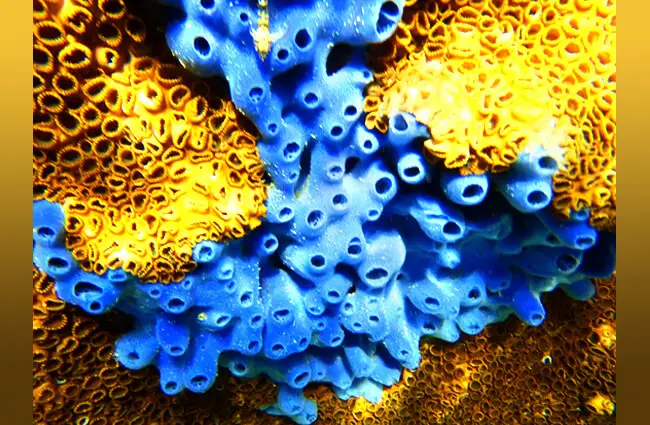
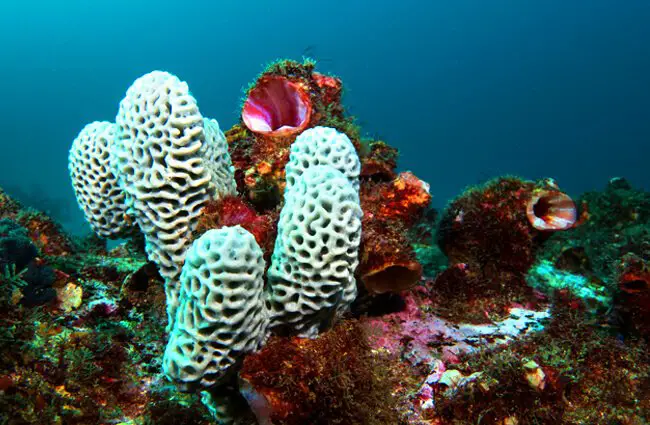


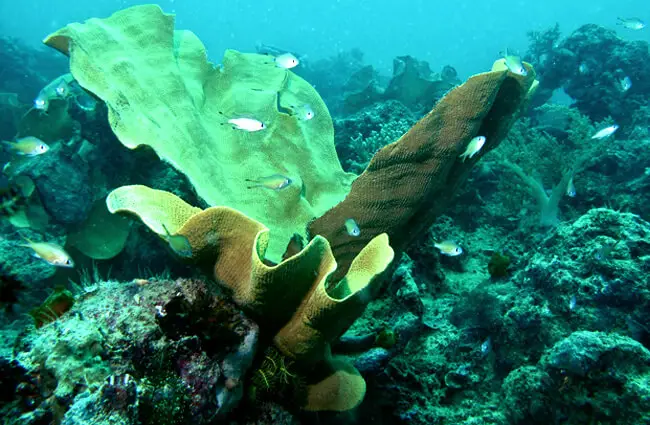
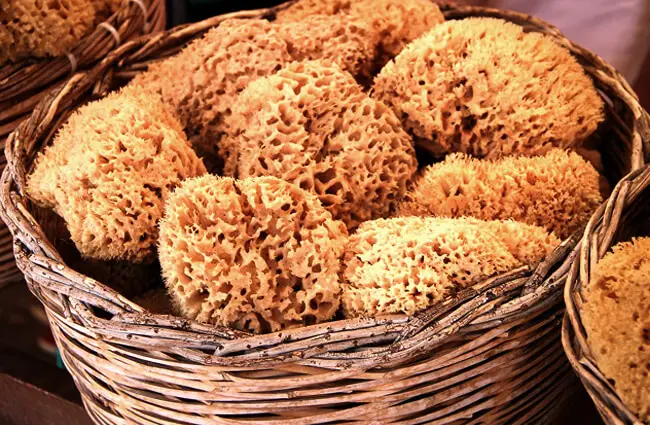

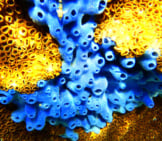
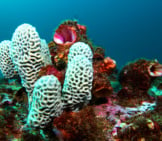
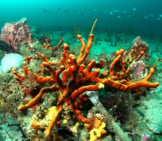

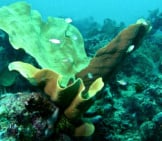












![Red Angus Closeup of a beautiful Red Angus cowPhoto by: U.S. Department of Agriculture [pubic domain]https://creativecommons.org/licenses/by/2.0/](https://animals.net/wp-content/uploads/2020/03/Red-Angus-4-100x75.jpg)

